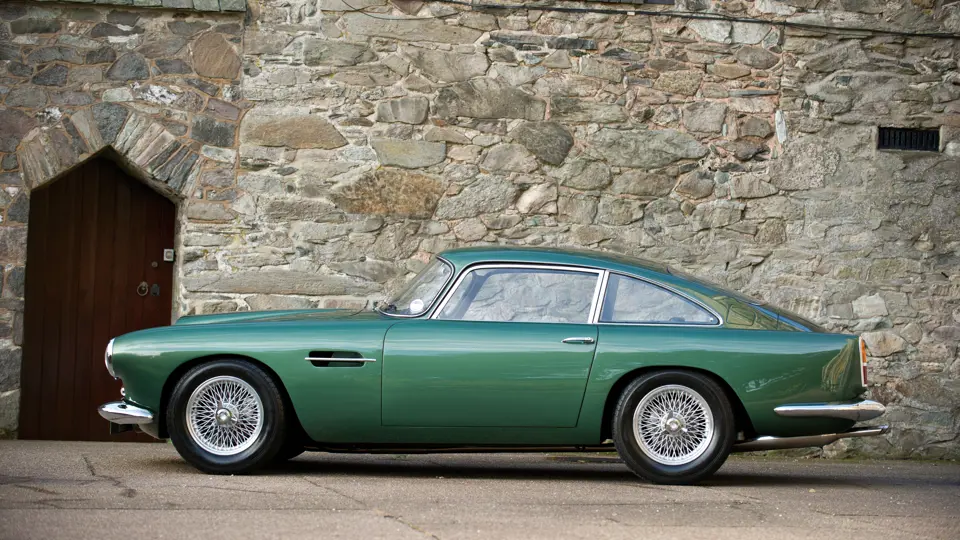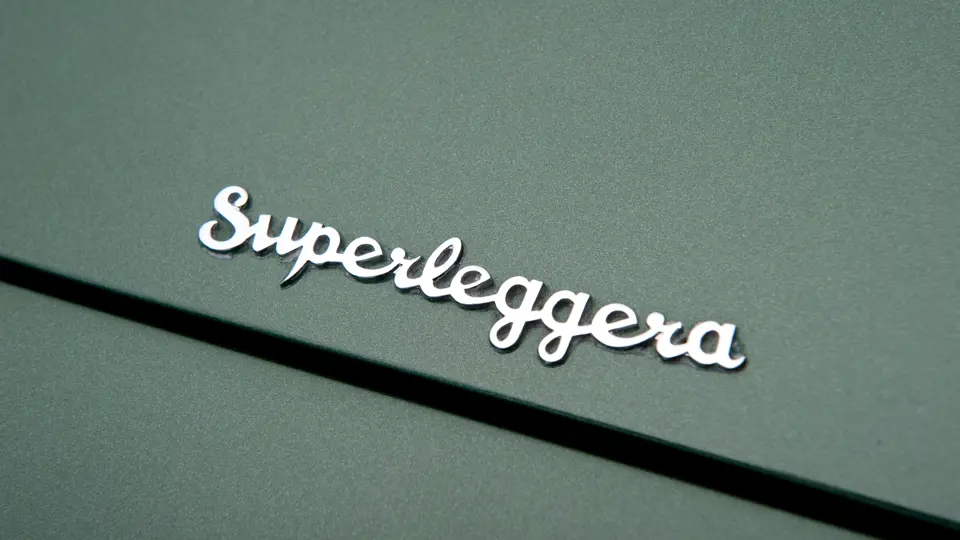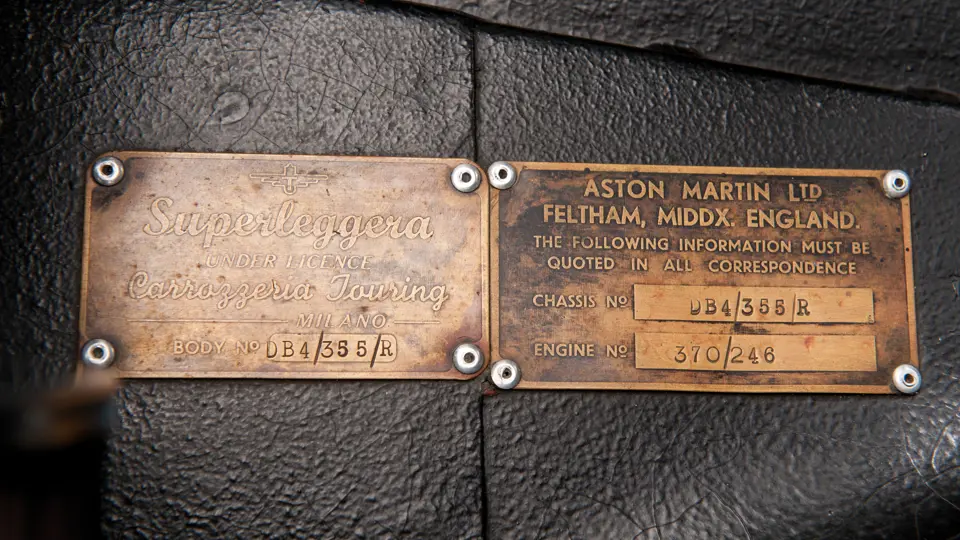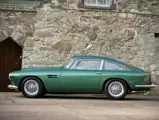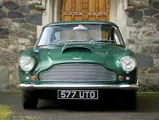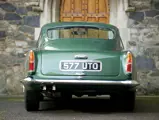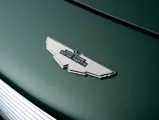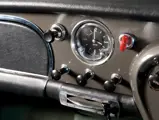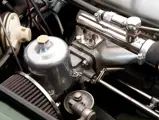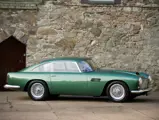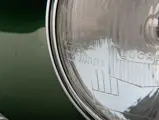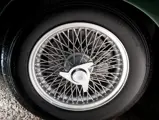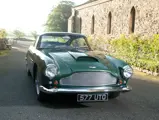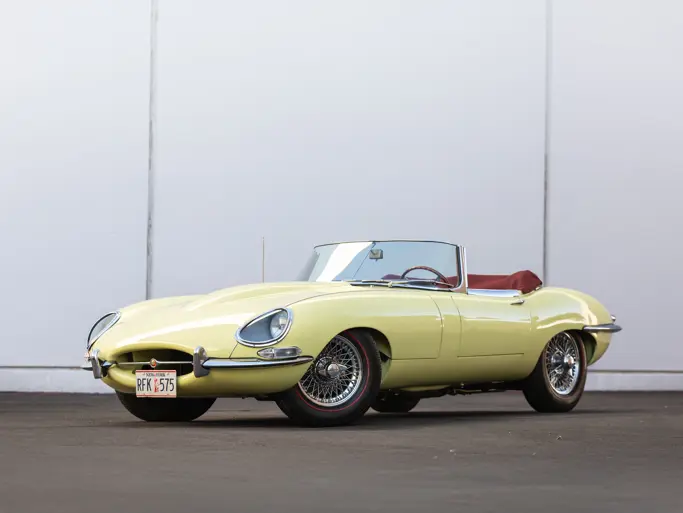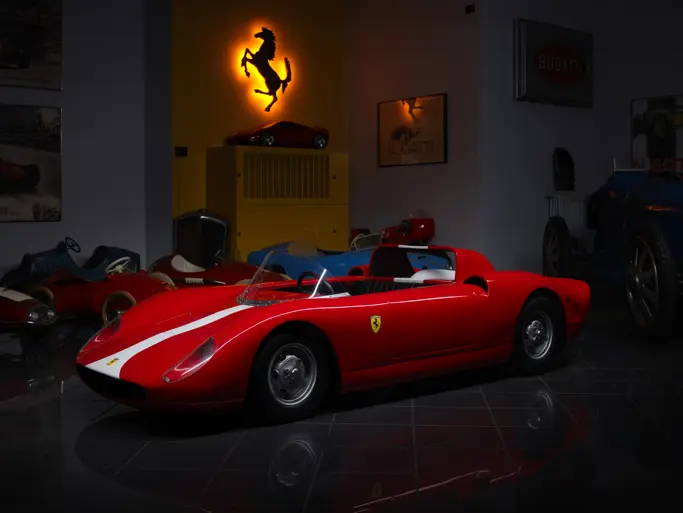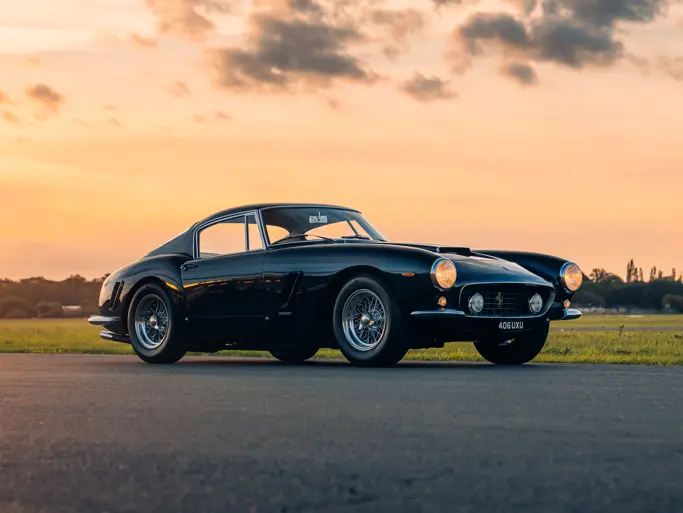240 bhp, 3,670 cc DOHC inline six-cylinder engine, four-speed manual gearbox, independent front suspension with upper and lower control arms, coil springs and anti-roll bar, live rear axle with Watt linkage, trailing links and coil springs, and four-wheel hydraulic disc brakes. Wheelbase: 98 in.
• Fully matching-numbers; exceptionally original
• Comprehensive restoration by marque experts Shapecraft and Aston Engineering
• 1998 AMOC Donington Concours Portman Trophy for Best DB4/5/6
• Fastidiously maintained without regard to expense by the current owner since 1997
The DB-Series was inaugurated in the late-forties, logically starting with the DB1 and ending with the DB6 in 1966—all fine motor cars with an impeccable pedigree. The ancestry of Aston’s six-cylinder twin-cam engine dated back to the early post-war era, its designer being the legendary W.O. Bentley, with Bentley’s company being absorbed into Brown’s automotive empire to become Aston Martin Lagonda, Ltd. During this era, Aston Martin earned wide acclaim both as a racing sports car, winning the Constructors Championship in 1959, and also as a superb luxury automobile. It was the Aston Martin of the mid-sixties that so personified the grand touring motor car, combining 225 km/h sports car-like performance with the velvet glove civility of a posh, elegantly appointed sedan.
The DB2 was on the market for five years before Aston Martin began to contemplate a successor. Christened the DB4, the car was all-new, which explains why it took more than three years until the car was launched on 10th October 1958 at the Earl’s Court Motor Show in London. John Wyer was the chassis designer, Polish engineer Tadek Marek was responsible for the engine, and David Brown took a major step forward by agreeing to develop an entirely new car. Every major component in the DB4 was new, with no thought of compromise by using carryover parts. Long-time stylist Frank Feely declined to be involved, necessitating Aston Martin to seek outside design help.
The new chassis was simpler yet more rigid than that of the DB2; the wheelbase was shorter and the track was wider. Improved packaging allowed for vestigial four-place seating. This was Aston Martin’s first pressed steel-type frame, which continued with the DB5 and DB6. Conventional coil spring/double wishbone independent front suspension was used, along with rack-and-pinion steering. Under the hood was a 3.7-litre twin-cam six inspired by the Jaguar XK engine. The aluminium block resulted in it being one third lighter than the previous engine. Good for 240 horsepower, it necessitated an all-new four-speed gearbox designed by Brown to accommodate the additional power. Disc brakes were fitted at all four wheels, which had wire spokes, with central fastenings included in the base price.
The gorgeous styling was courtesy of Carrozzeria Touring, of Milan, Italy, the firm having already produced several Aston Martin specials. Touring supplied bodies according to their patented superleggera, or “super light”, principles by employing aluminium panels over a lattice of small tubes laid out to define the body shape. Harold Beach, of the Aston Martin staff, was the man responsible for the box chassis and for the implementation of the ingenious concept that remained an Aston Martin hallmark.
Initially, the DB4 had a Mark III-style grille; however, it would undergo five minor variations over the subsequent five years. Along with 170 improvements, modifications, and running changes, the Aston Martin Owners Club adopted a Series I through V nomenclature to describe the evolution of one major era to the next. The promise that the DB4 could accelerate to 160 km/h and brake to stand still again in half a minute was proved correct by works test driver Roy Salvadori, who did it in 27.4 seconds; repeating it one more time to provide undisputable proof.
Delivered on 8th June 1960 to Geoffrey Frazer, of Crosby on Eden, United Kingdom, this DB4 was purchased by him for his son’s 21st birthday present and supplied in Sea Green with a black leather interior. The car was then sold to a doctor in Derbyshire in 1963, who quickly passed it on to a toy shop owner in Nottingham. The toy shop owner’s wife deemed the green paintwork unlucky, so the car was subsequently repainted in white. They kept the car until 1971, when it was sold to Mr Brett Broughton for £670.
Broughton used the car as his daily driver, and by the mid-eighties, the car was tired and in need of refurbishing. In 1985, the body and chassis were sent for complete restoration to marque experts Shapecraft, and all the running gear was sent to Aston Engineering. The interior was trimmed by Graham Dean, and the exterior was finished in green, as first delivered, with all work completed in 1992. Broughton decided the car was too nice to drive and stored the car in his garage post-restoration. The current owner was aware of its existence from 1990, when it was shown at an AMOC concours event. He began a quest to buy the car, eventually purchasing it in 1997, and in 1998, he entered it into the AMOC Donington Concours, where it won the Portman Trophy for the Best DB4/5/6.
The car has covered approximately 1,500 careful miles each year since being maintained by RS Williams and a local specialist. The front suspension has been recently rebuilt and set up by RSW. Retaining its original engine in its original displacement, all fluids in the engine, transmission, and axles are changed twice per year. This DB4 is lovingly maintained and kept in a dehumidified garage. A recent test drive by an RM specialist confirms that the car runs and drives very well; the gearbox is slick and easy to use from cold, and this is a highly original example in excellent overall condition. It is one of a total of 1,113 DB4s produced, including 351 Series IIs. This is a lovely right-hand drive example with known history from new, in one of the best colour combinations. It is a rare opportunity to purchase an original and unmolested matching-number example that has been maintained by a fastidious private owner.

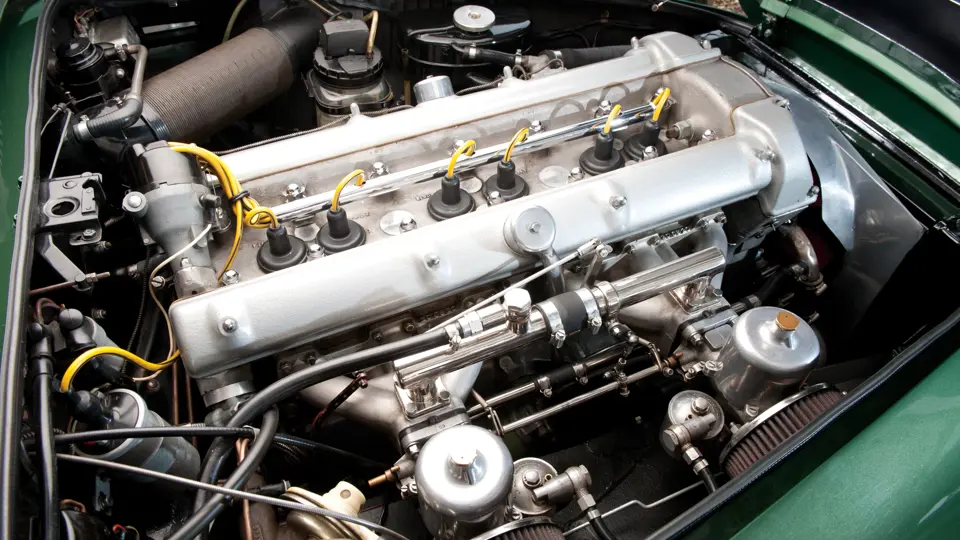
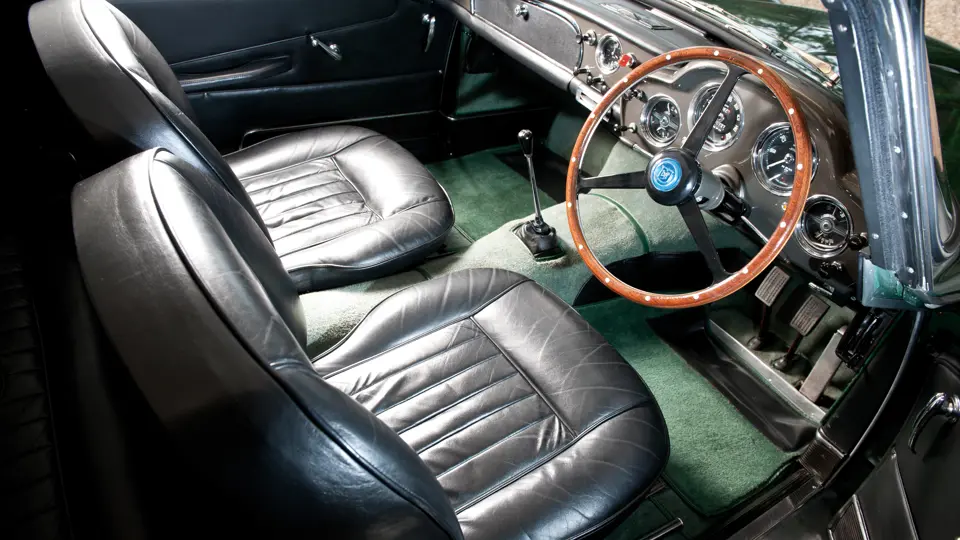


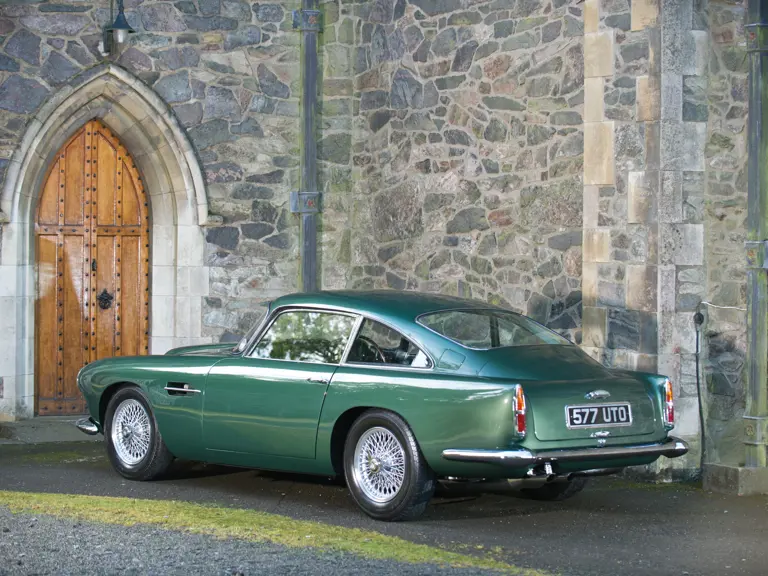
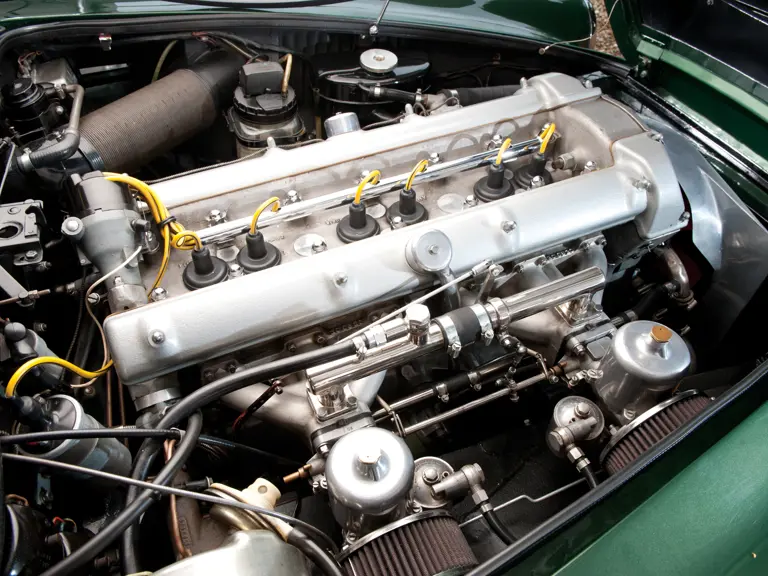
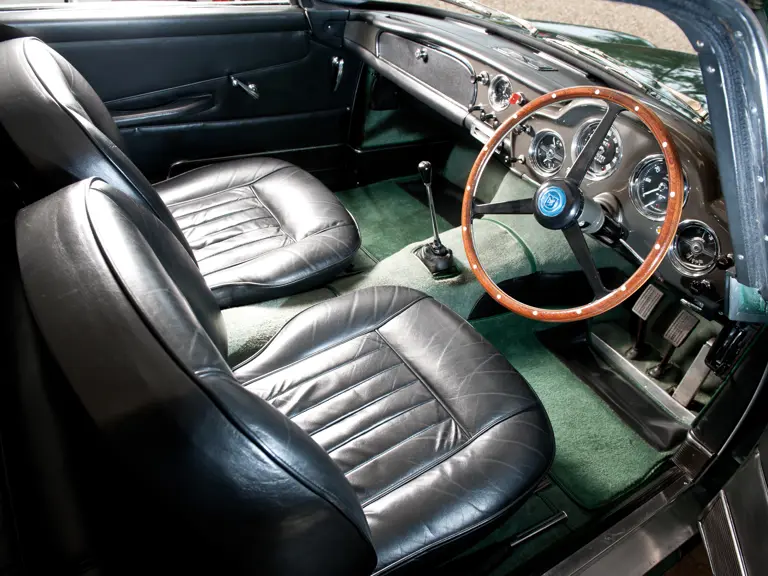
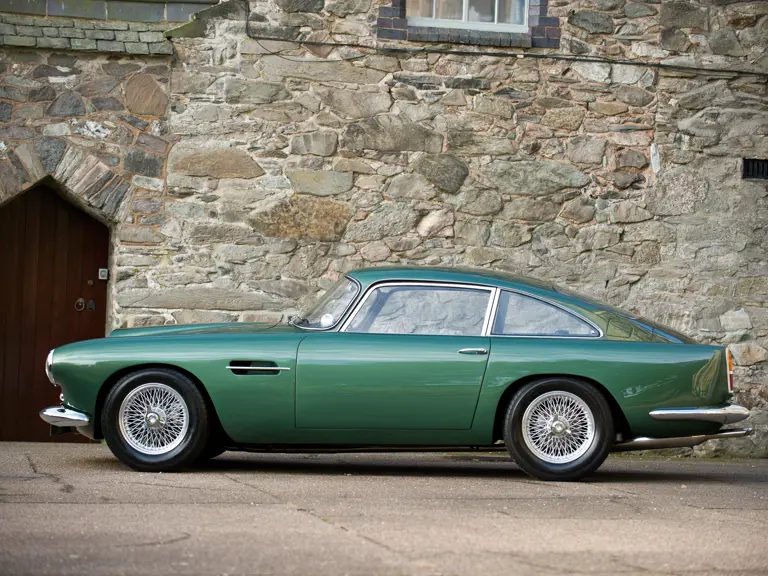
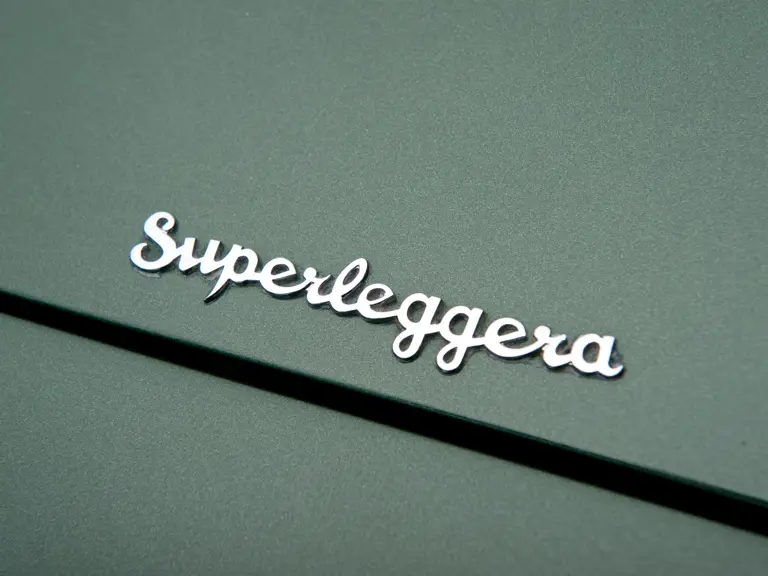
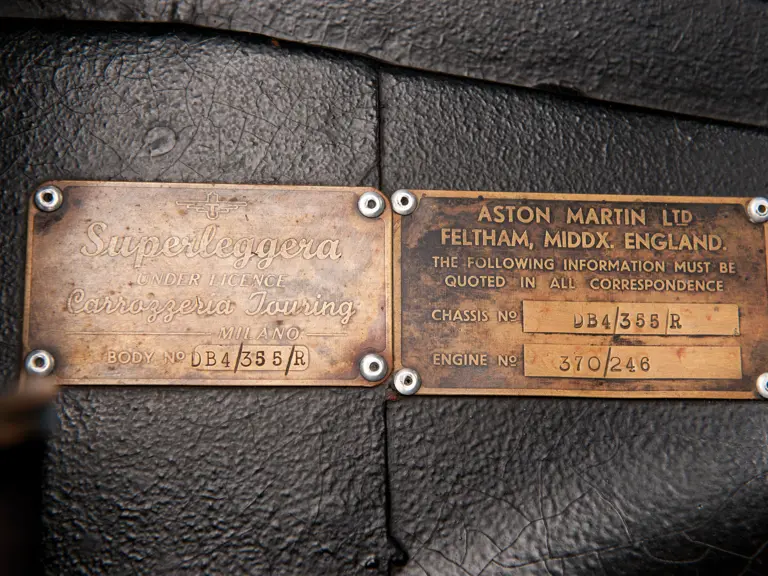
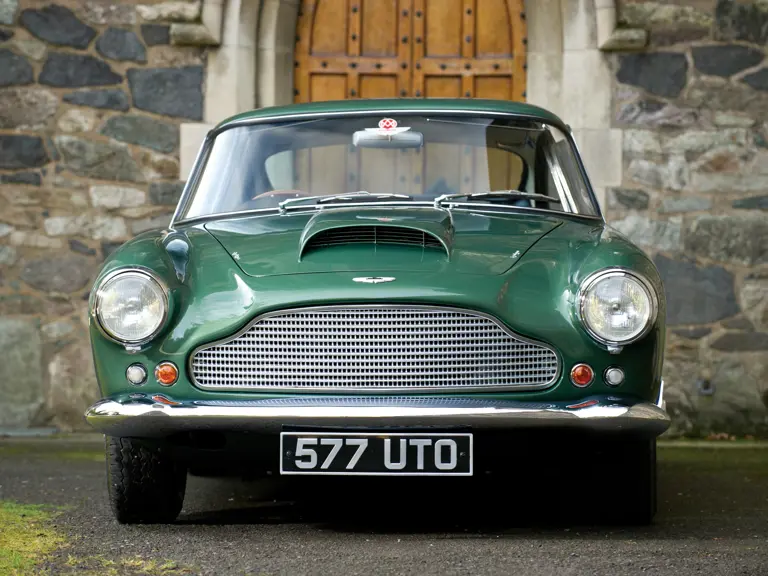

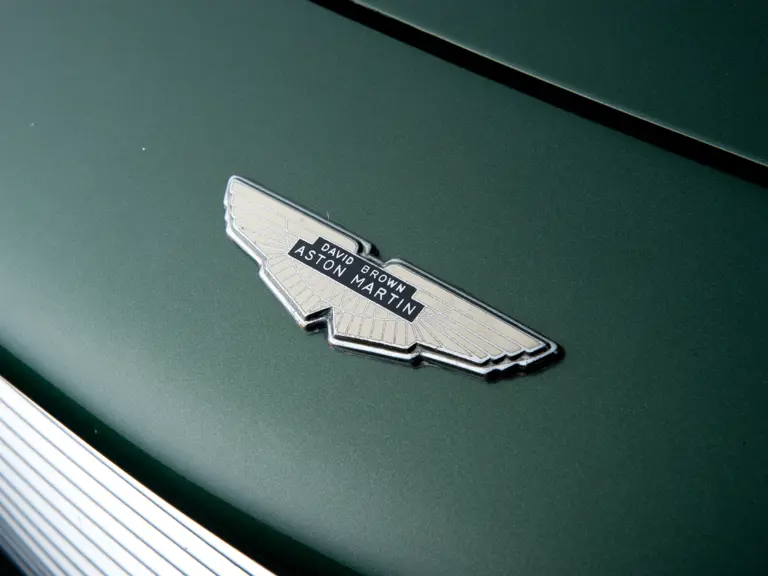

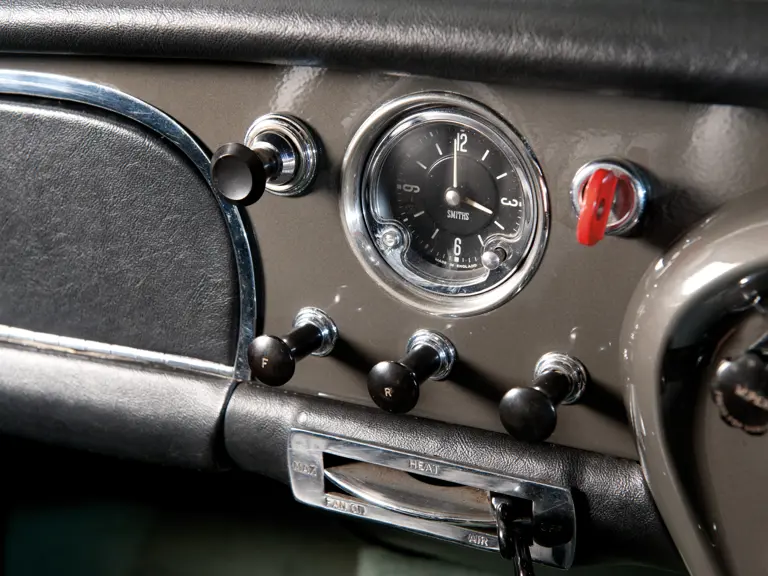
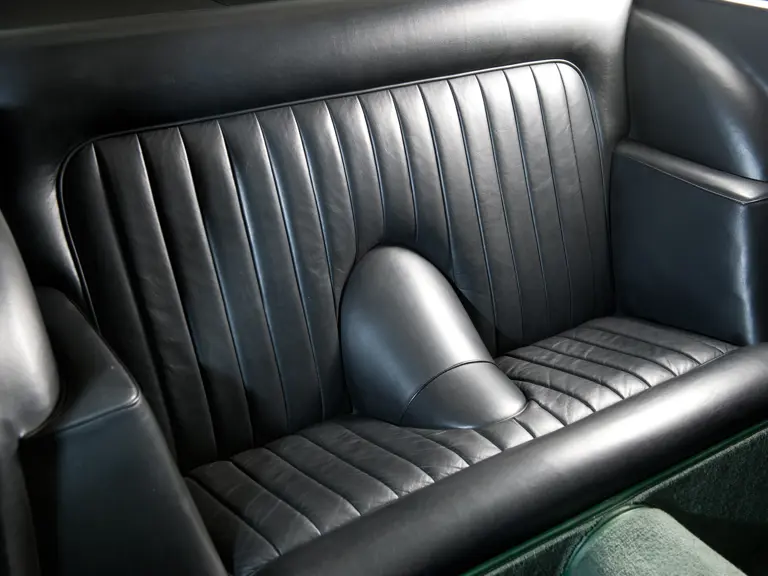

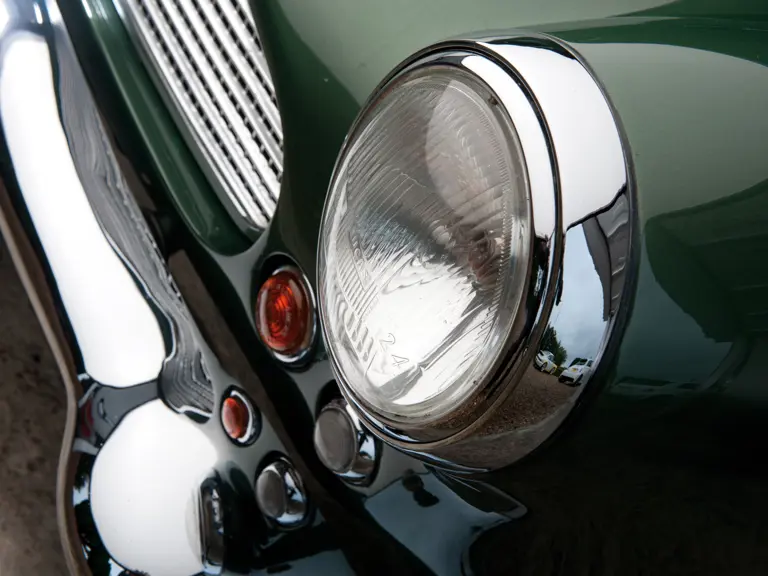
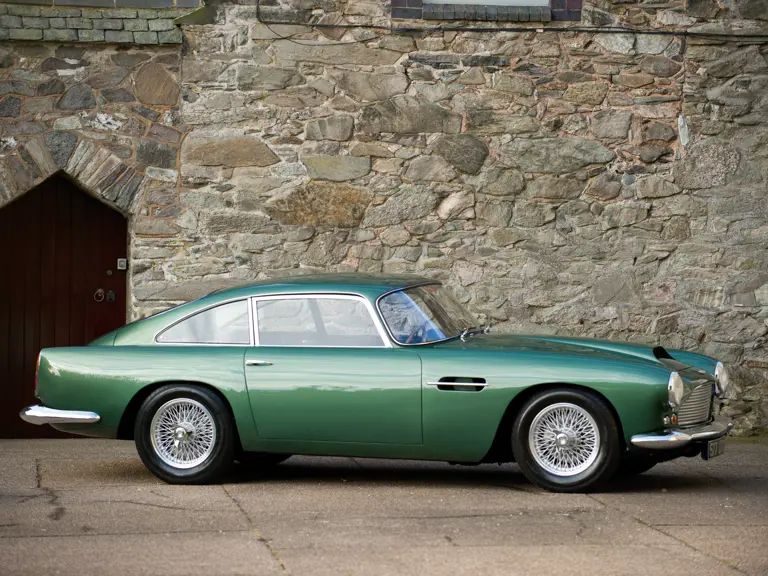
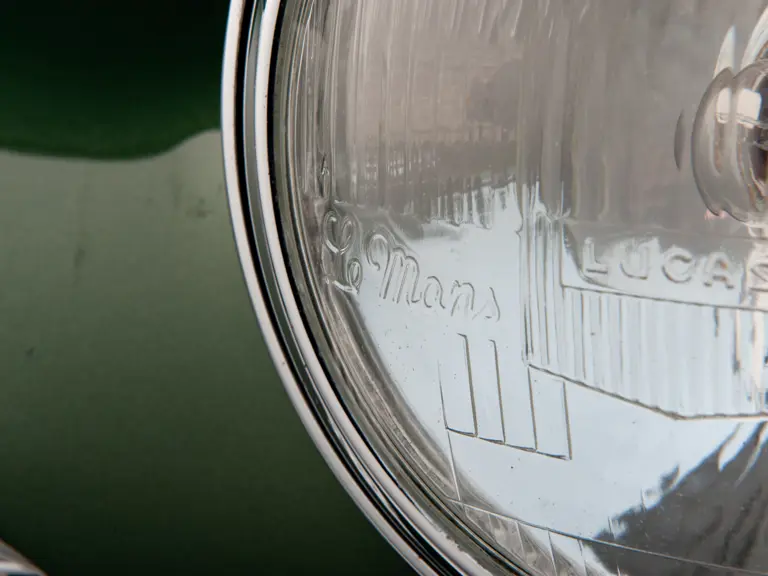
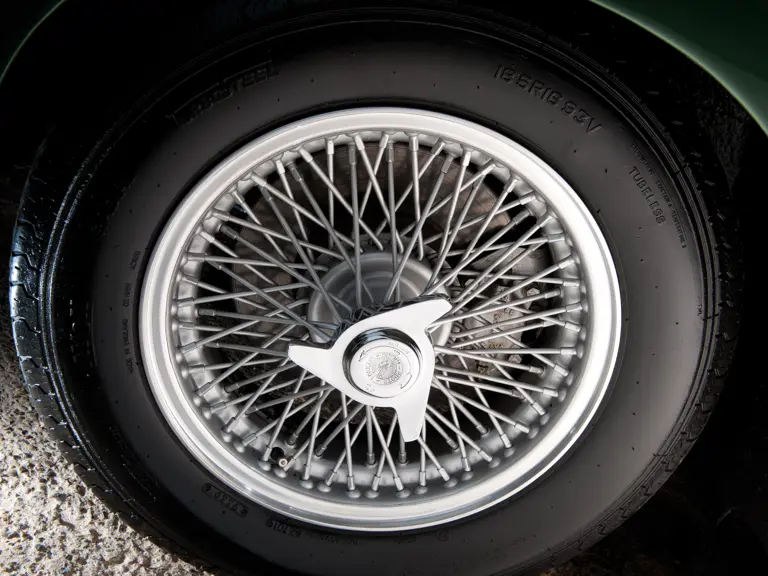
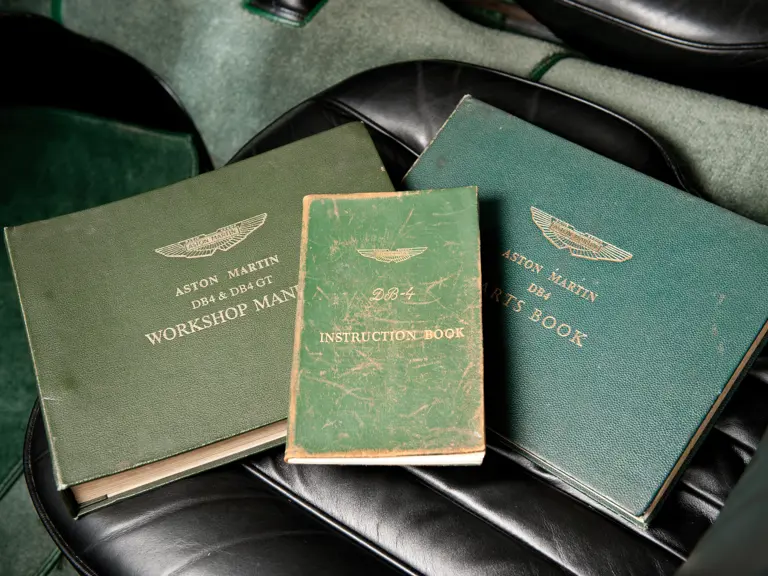

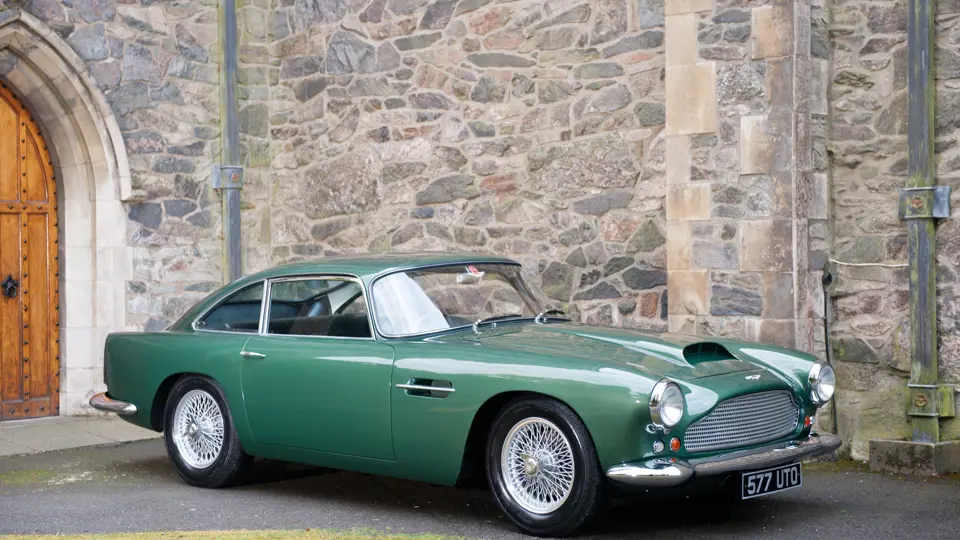
 | London, United Kingdom
| London, United Kingdom
